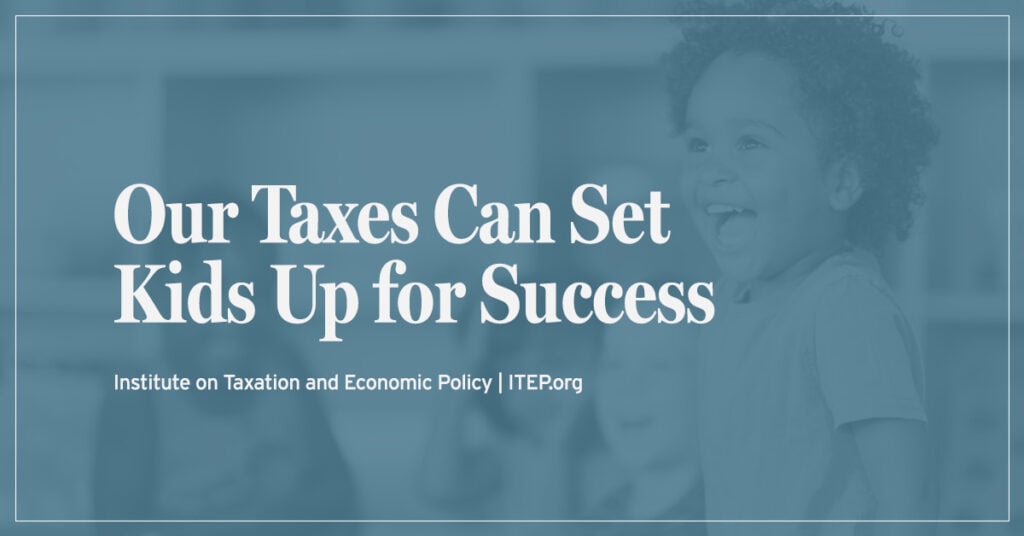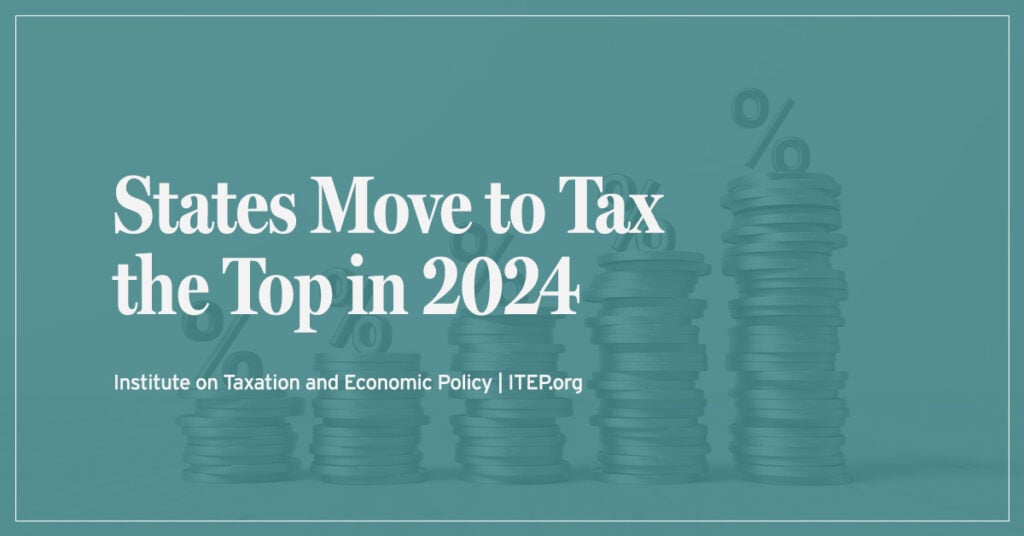
Vermont
State Rundown 12/17: Tax Policy ‘Naughty or Nice’ List Has Late Entrants
December 17, 2025 • By ITEP Staff

With a little over a week left, some states are solidifying their spots on the tax policy “naughty or nice” list.

Every child deserves the opportunity to succeed in society – and tax policy has a huge role to play in making that happen. Better tax policy can help prepare our young children with skills to become successful and thriving adults.

These forward-thinking states are demonstrating the wide variety of options for policymakers who want to raise more from the wealthiest people, rein in corporate tax avoidance, create fair tax codes and build strong communities.
Vermont Lt. Gov David Zuckerman: Fair Share
March 14, 2024
Today, I have an exceptionally important topic to talk about: taxes! Taxes have become a dirty word, and in many ways for good reason. Since the 1980’s there has been a significant shift in how much everyday people pay in taxes. Wealthy and high-income individuals have seen their marginal tax rates drop precipitously, while working […]
ITEP’s Carl Davis: Who Pays Vermont Taxes?
January 29, 2024
ITEP Research Director Carl Davis gave a presentation on Vermont’s tax system to that state’s Ways and Means Committee on January 25, 2024. Click here for the slide deck.
Public Assets Institute: A Fairer Tax System Would Help Working Families
November 29, 2018
The report looks at how well states distribute taxes based on family incomes. In most states lower-income families pay a higher percentage of their income in state and local taxes than those at the top. That’s the definition of a regressive tax system. Vermont’s is one of the least regressive in the country.
Rutland Herald: In All Fairness
October 18, 2018
Anti-tax advocates across the country and in Vermont continue to push for policies that reduce tax rates for the wealthy and businesses, the report finds. However, a movement is growing in opposition to this agenda, as the public realizes that tax cuts for the wealthy and corporations mean less money to fund the things that benefit everyone: schools, parks and public spaces, infrastructure, public safety and other basic services.
Public Assets Institute: New report: Vermont’s Tax System Is Among the Least Regressive
October 17, 2018
Tax systems generally favor the wealthy, but Vermont’s system is skewed less than most other states when it comes to high-income taxpayers. That was the key finding of a study released today by the Institute on Taxation and Economic Policy (ITEP) and Public Assets Institute.
Building on Momentum from Recent Years, 2018 Delivers Strengthened Tax Credits for Workers and Families
July 10, 2018 • By Aidan Davis

Despite some challenging tax policy debates, a number of which hinged on states’ responses to federal conformity, 2018 brought some positive developments for workers and their families. This post updates a mid-session trends piece on this very subject. Here’s what we have been following:
